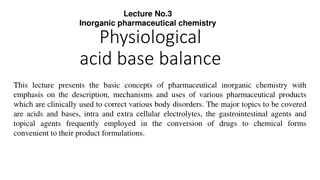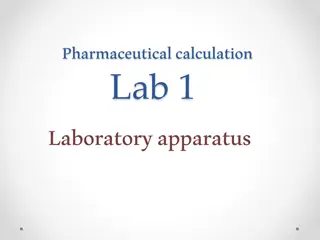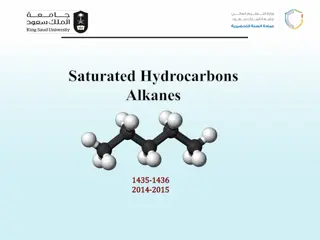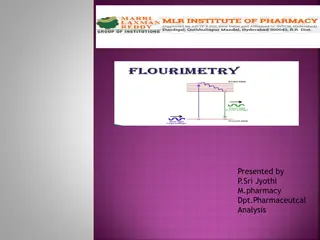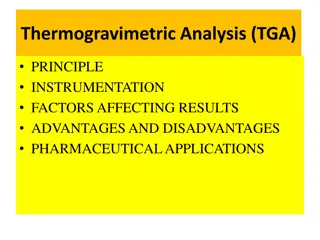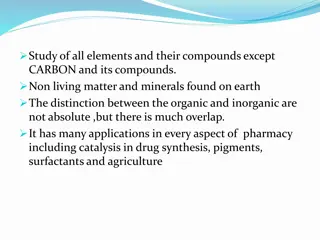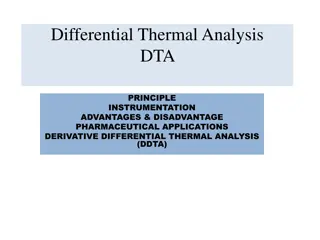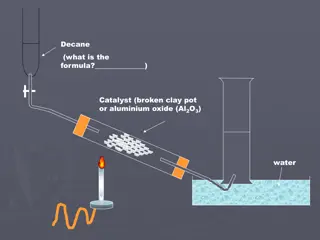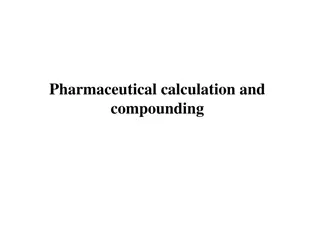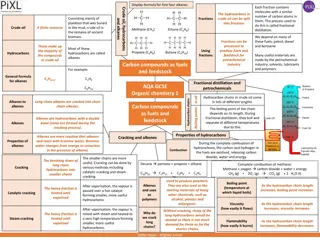Analysis of Alkanes and Cycloalkanes Peaks in Pharmaceutical Applications
In this advanced pharmaceutical analysis lecture, the presentation covers the interpretation of peaks for alkanes and cycloalkanes. Straight-chain alkanes exhibit weak preference for small R groups, while branched alkanes show more fragmentation at highly branched positions. Cycloalkanes have a relatively large M peak with significant peaks at M-28 due to loss of ethylene. Understanding these peak patterns is crucial for identifying and analyzing compounds in pharmaceutical research and development.
Download Presentation

Please find below an Image/Link to download the presentation.
The content on the website is provided AS IS for your information and personal use only. It may not be sold, licensed, or shared on other websites without obtaining consent from the author.If you encounter any issues during the download, it is possible that the publisher has removed the file from their server.
You are allowed to download the files provided on this website for personal or commercial use, subject to the condition that they are used lawfully. All files are the property of their respective owners.
The content on the website is provided AS IS for your information and personal use only. It may not be sold, licensed, or shared on other websites without obtaining consent from the author.
E N D
Presentation Transcript
Advanced pharmaceutical analysis Lect. 2
Alkanes Straight Chain Alkanes [R-R ] R + R [M ]= weak * preference small R C3H7 , C4H8 ,C5H11 A peak for M-CH3 is often weak or absent
Branched Alkanes Smaller M peak; may be absent More fragmentation at highly branched positions * preference for 2 , 3 carbocation
Cycloalkanes Relatively large M peak Significant peak at M-28 (often the base peak) due to loss of ethylene M-15: from rearrangement


